VIDEO: Huge spare part for cooling water pump recast
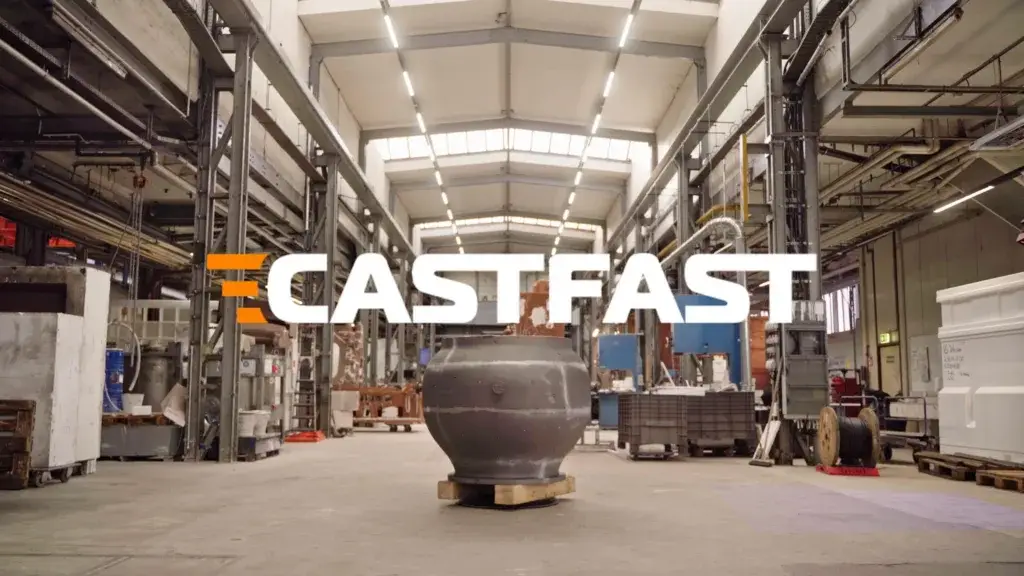
The (short) film about the giant pump project is here. In a nutshell: The GVT team urgently needed a highly complex spare part for an old cooling water pump – without a drawing, without a model. The video shows how we were able to cast it anyway.
Rahul Prasad is the new CTO at CASTFAST

CASTFAST has brought Rahul Prasad into the team as Chief Technology Officer (CTO). Rahul joined us in Mainz in January after five years at Monitizer, the Munich-based IIoT business of Norican Group, where he was most recently Head of AI & IoT. At CASTFAST, Rahul will accelerate the expansion of our platform and provide our end customers, as well as connected foundries and partners, with an ever faster, ever better process.
Sustainable casting: 3D sand printing as a waste killer
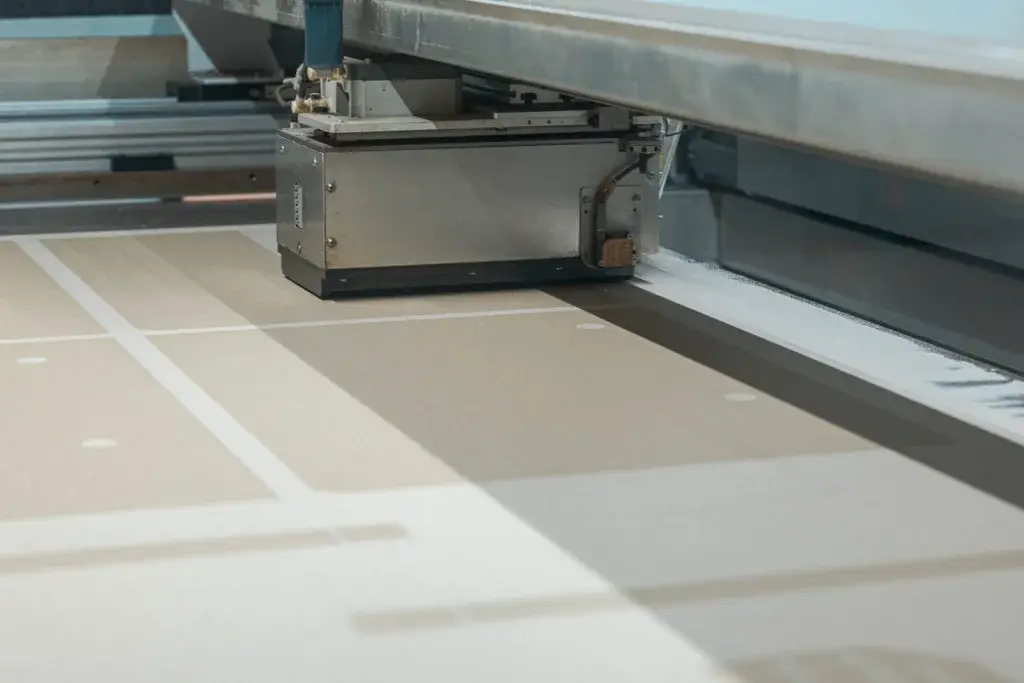
You don’t need a black belt in lean management to know that waste is not a good thing. Using the classic typology of waste types from lean theory, we briefly show here how 3D sand printing makes casting more sustainable.
Freedom, freedom! How 3D sand printing is pushing the boundaries of casting design
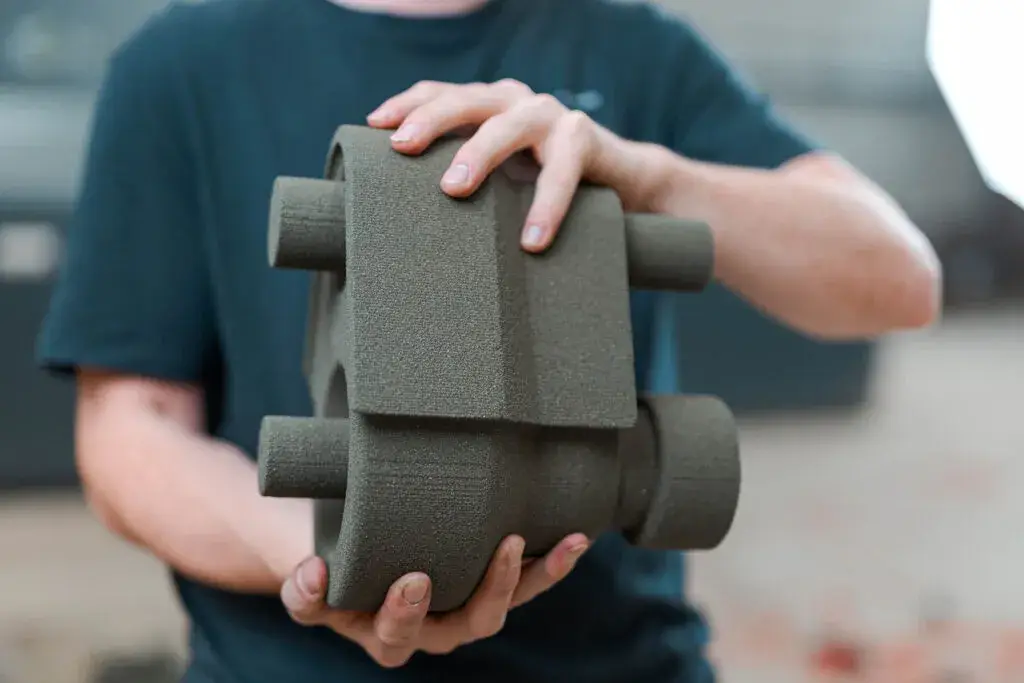
Discover how 3D sand printing in casting design overcomes traditional limitations and enables complex, cost-effective designs. Learn more about the benefits of this innovative technique, from print-ready core packages to unlimited design freedom.
Cast spare parts: wooden model, fully molded casting or printed casting?
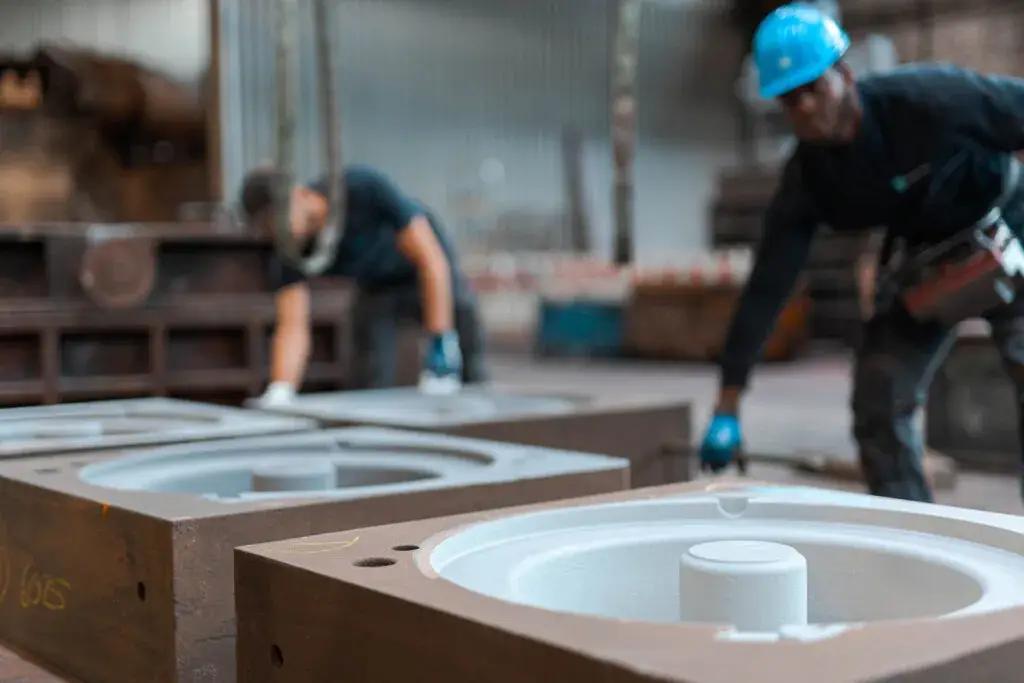
Nowadays, anyone who needs cast parts as spare parts has several options to avoid these problems. A good understanding of all the possibilities helps in an emergency, but also simply in selecting the best process for the respective application.
3D sand printing as a savior in times of need: three practical examples
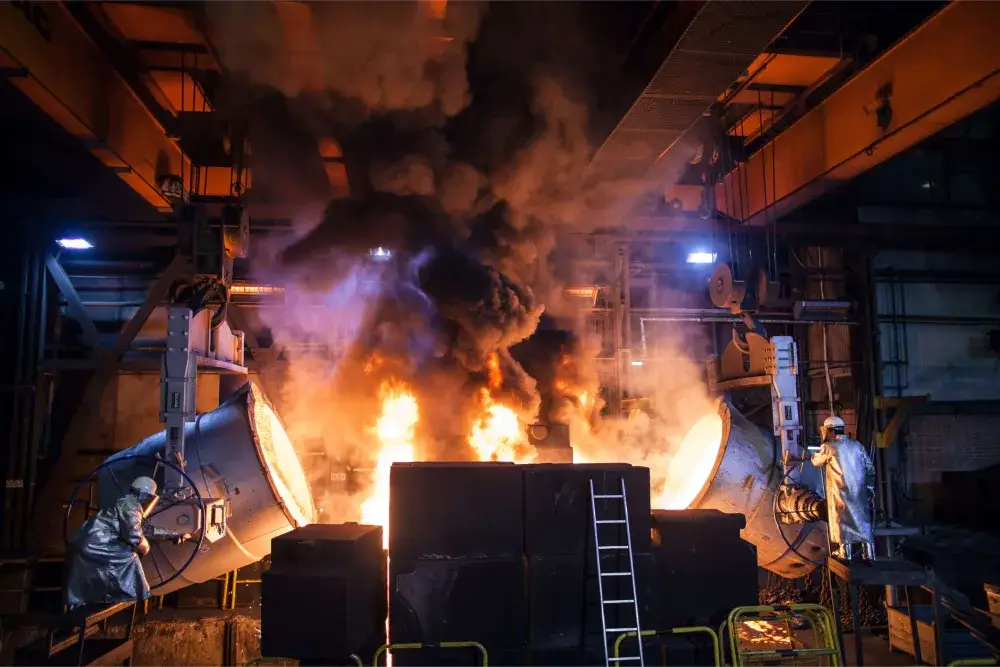
Rapid casting procurement is often still based on long-term relationships with suppliers and good preparation. When something unforeseen happens and it has to be done quickly, the disadvantages of traditional casting with a wooden model become a problem.
3D sand printing can step in in such situations. Here are three examples from CastFast production where Printed Casting has helped customers out of a tight spot and made the impossible possible.
CASTFAST behind the scenes #1: Marcel Tschillaev
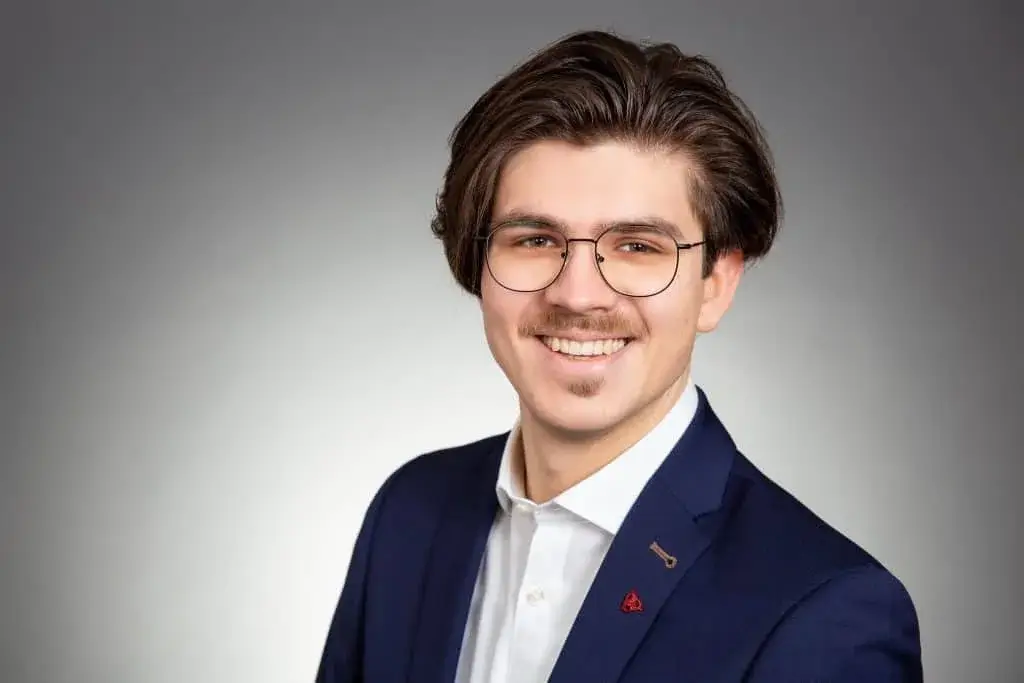
Behind CASTFAST is a small team that has developed the platform from an idea to a successful model over the last two years – and has big plans.
Here we talk to Marcel Tschillaev, who has been with us from the start and is now head of 3D printing production at our first affiliated foundry, Römheld & Moelle.
Casting on the fly: 3D sand printing and digitalization create shortcuts in the foundry process
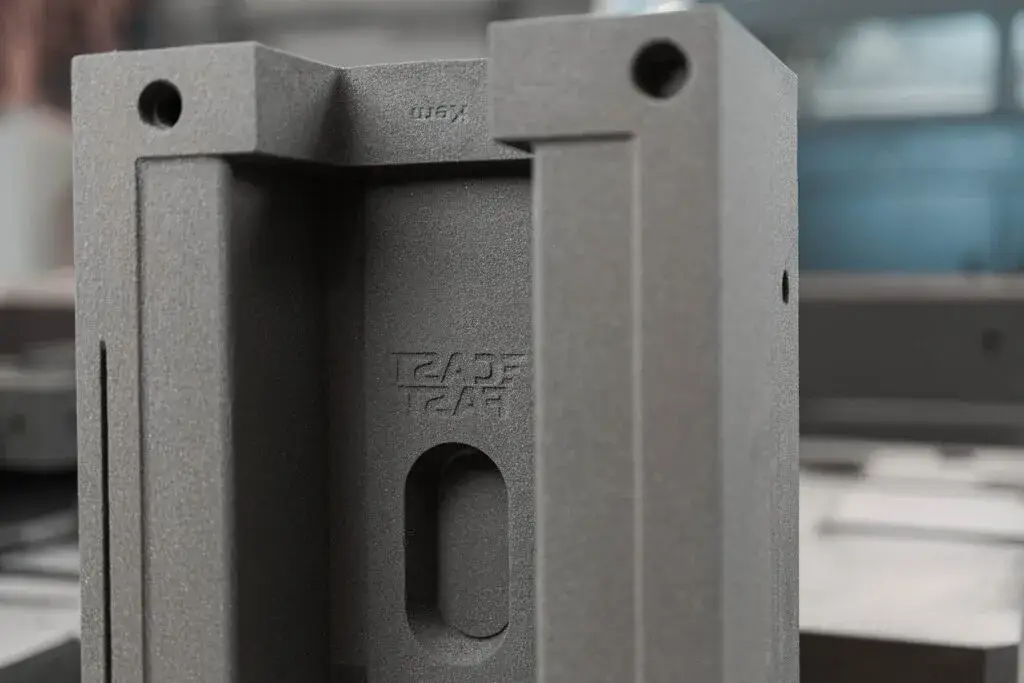
3D sand printing combines additive manufacturing technology with traditional sand casting, creating shortcuts in casting production.
Rapid prototyping in castings? 3D sand printing enables the rapid evolution of cast components
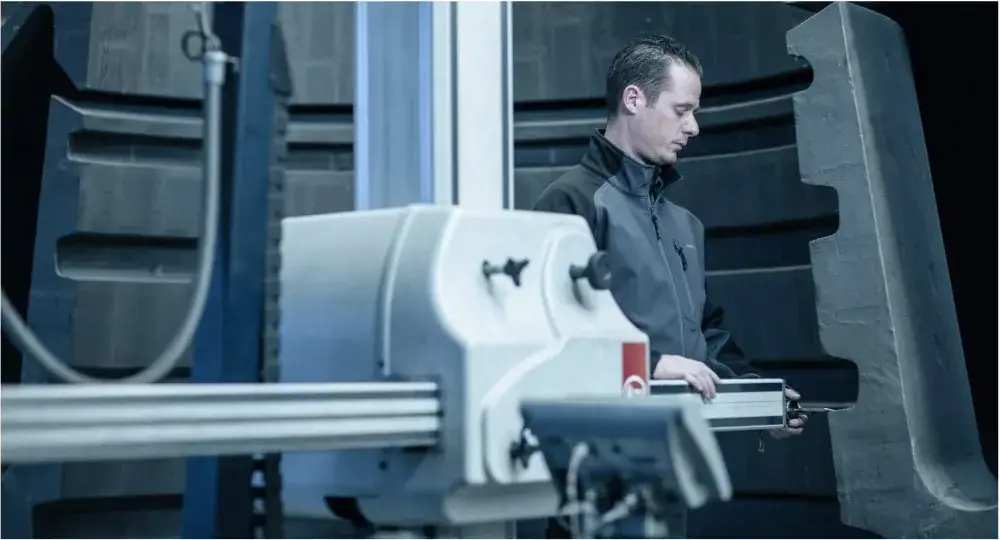
Casting, testing, modifying, casting, testing. Thanks to 3D sand printing, it is suddenly much easier to produce and refine prototypes as castings. Not only because the elimination of lead times and model costs of the “printed casting” process makes the whole thing faster and more affordable.
Fast casting: why discover 3D sand printing now of all times?
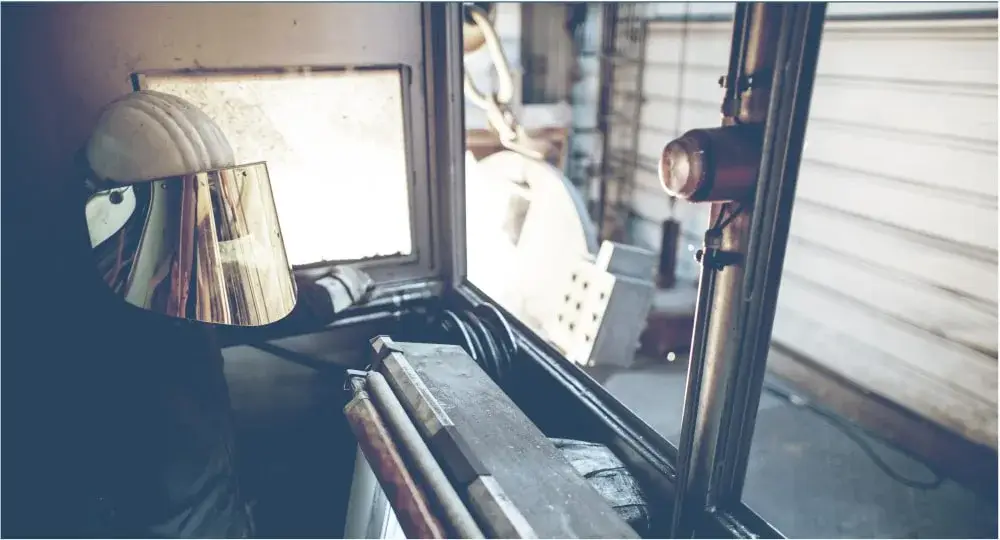
3D sand printing creates flexibility in casting procurement where previously there was none. Quickly insert a small series before the large series while the models are being built? Bridge a delivery bottleneck? Order a rarely required casting only when it is actually needed? No problem with Printed Castings.
Faster to a cast part without a model: what is 3D sand printing?
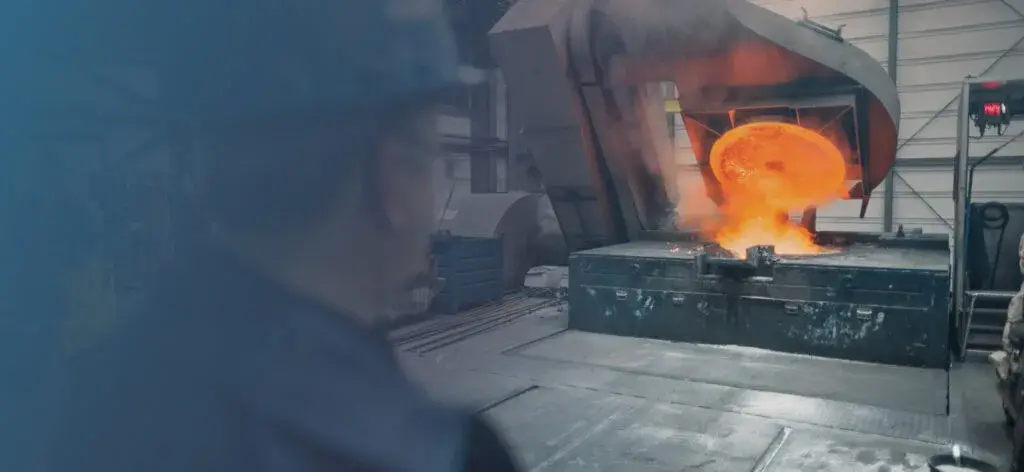
The principle and advantages of 3D printing no longer need to be explained to anyone.
The technology has long been associated with more than just prototypes and non-critical individual parts. High-performance metal components are now also routinely produced using additive manufacturing. However, this is still only economical for smaller quantities.